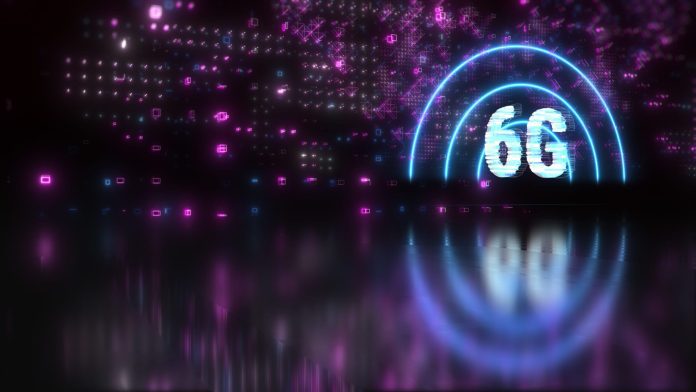When it comes to industrial 5G capabilities, the technology has yet to live up to the hype, according to Andreas Mueller, head of communication and network technology in the corporate research department of Robert Bosch. Speaking at the Brooklyn 6G Summit this week and analyzing industrial and consumer 5G in terms of the famous hype curve, Mueller said that “there were inflated expectations, promises [that] 5G will be the holy grail for everything … and people expected, okay, we will have this from the very beginning. But of course that’s not the case, it takes a bit longer.”
However, he also says that in his opinion, the technology is past the worst of the “trough” of disappointment and disillusionment that follows peak hype, and on its way to the plateau where a new technology really starts to see see adoption and fuel productivity.
What’s still missing from commercial industrial 5G in the real world? Release 16 and 17 features such as Time-Sensitive Networking (TSN) support and ultra-reliable low-latency communications (URLLC), as well as reduced capability (RedCap) IoT and positioning, he says. “All these features will provide a lot of value for the vertical industries, but we’re still missing this in the chipsets and the infrastructure,” Mueller said. The ecosystem for non-smartphone devices and modules is still lacking, and price points are still an issue as well. “It’s easy to have a use case, it’s more challenging to have a business case—but I think that’s … normal development,” he added.
Verticals which want to use 5G are now 5G and its further development, even if they came into the process perhaps later than ideal. Mueller says that as 6G develops, it will be important for interested verticals to be involved from the beginning and for the tech to be developed “not just for the verticals, but with the verticals.” He also asked that telecom players who are more versed in the technology be careful about what they promise that a new generation of technology can deliver, and when. Perhaps avoiding that a new hype curve altogether? “It’s … important to be realistic with the promises, so that we don’t get this disappointment afterward. So don’t promise heaven and earth—really be realistic, and also realistic regarding the costs for all this,” he says.
“We really should have a strong focus on the return [on] investment from the very beginning and on the possible business cases so that we don’t just develop new, fancy features simply because we can do it and because it’s cool,” Mueller said, sounding very much like an industrial technologist rather than a build-it-and-they-will-come type. “We always should question why are we doing it, and what are we doing it for and really, what is the cost-benefit ratio?” Ultimately, that means industrial 6G should either bring costs down or providing more value—but “more value” doesn’t always mean more speed and lower latency, he warned. “We have to see, do we really need sub-millimeter latencies, and if yes, for how many use cases do we need that?” He says that he sees the most promising aspect of 6G as being new capabilities that weren’t possible with previous mobile networks, such as joint communication and sensing; being a true “network of networks” that includes non-terrestrial networks, non-3GPP networks and perhaps even very small and local networks that could include body-area and robotics networks; and 6G as a platform for services, such as digital twinning and AI, achieved through exposing the capabilities of the network to industrial end-users. “With this, 6G turns from an infrastructure into a platform, and may natively support many things that we are currently doing over the top,” Mueller said. “This then may simplify life for the vertical industries.”
In terms of specific 6G use cases, he sees joint communication and sensing used for anything from optimizing routing of vehicles in a city, to implementing localized industrial safety zones, say, around robot operations, to replacing fences or video cameras with radio sensing of people in ways that better protection individual privacy.
“There are many challenges related to [6G] … but we have to be aware that it’s not just technical challenges,” Mueller said. ” We should not forget the non-technical challenges, and we should look at these non-technical challenges right from the beginning.” That includes regulation, allocation of spectrum, and addressing societal concerns as well, he said. “We should look into societal-related challenges,” he urged. “If we have sensing itegrated [with communications] … people might be concerned, if the environment is able to sense the environment all the time, and for good reasons. I would also ahve some concerns,” he admitted. “People might be concerned about the exposure to electromagnetic radiation … and also sustainability. If I have a network that is sensing all the time, that consumes a lot of energy—and is this in relation to the benefit that it brings? So we have to look at the social challenges as well, right from the beginning.”

